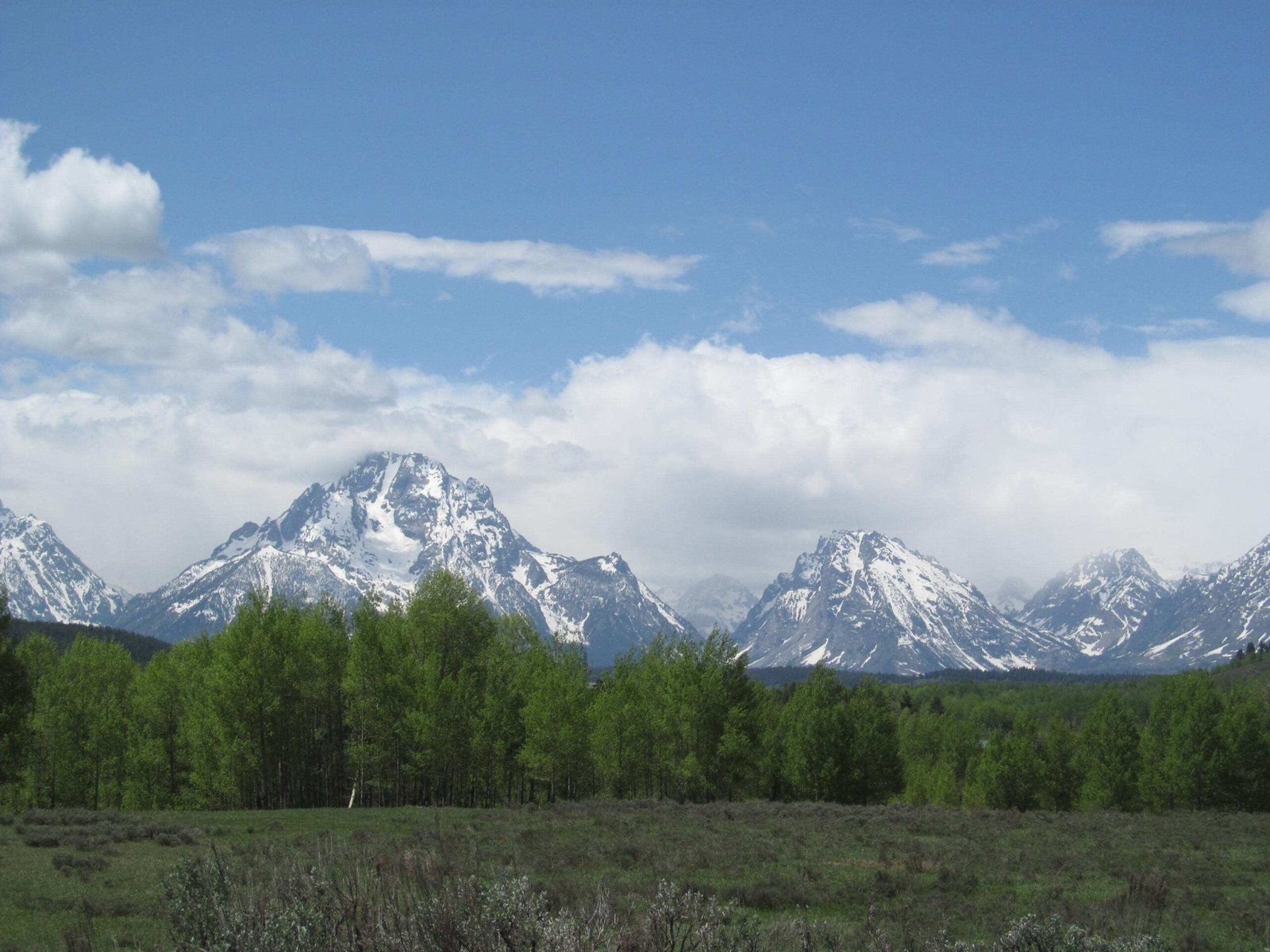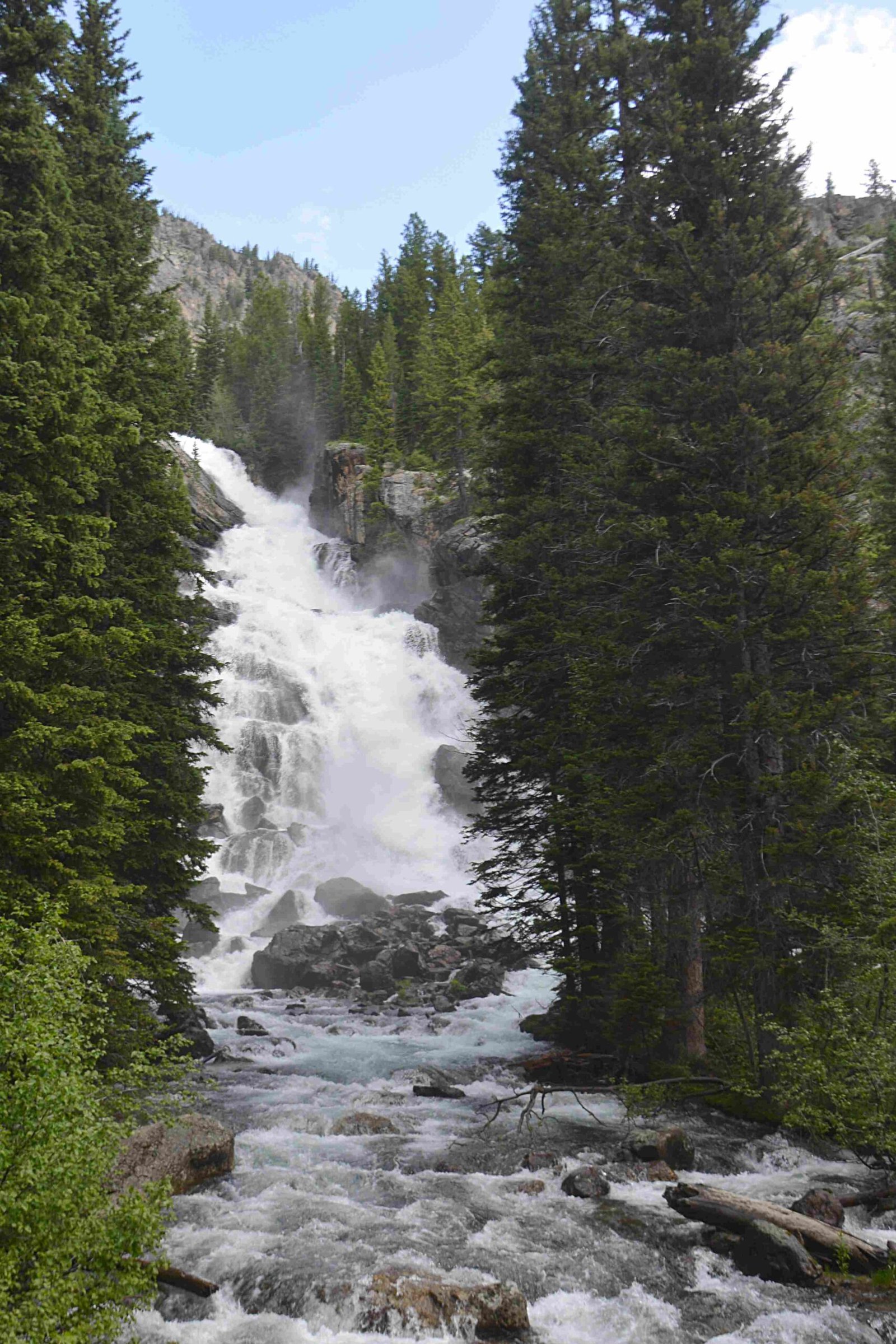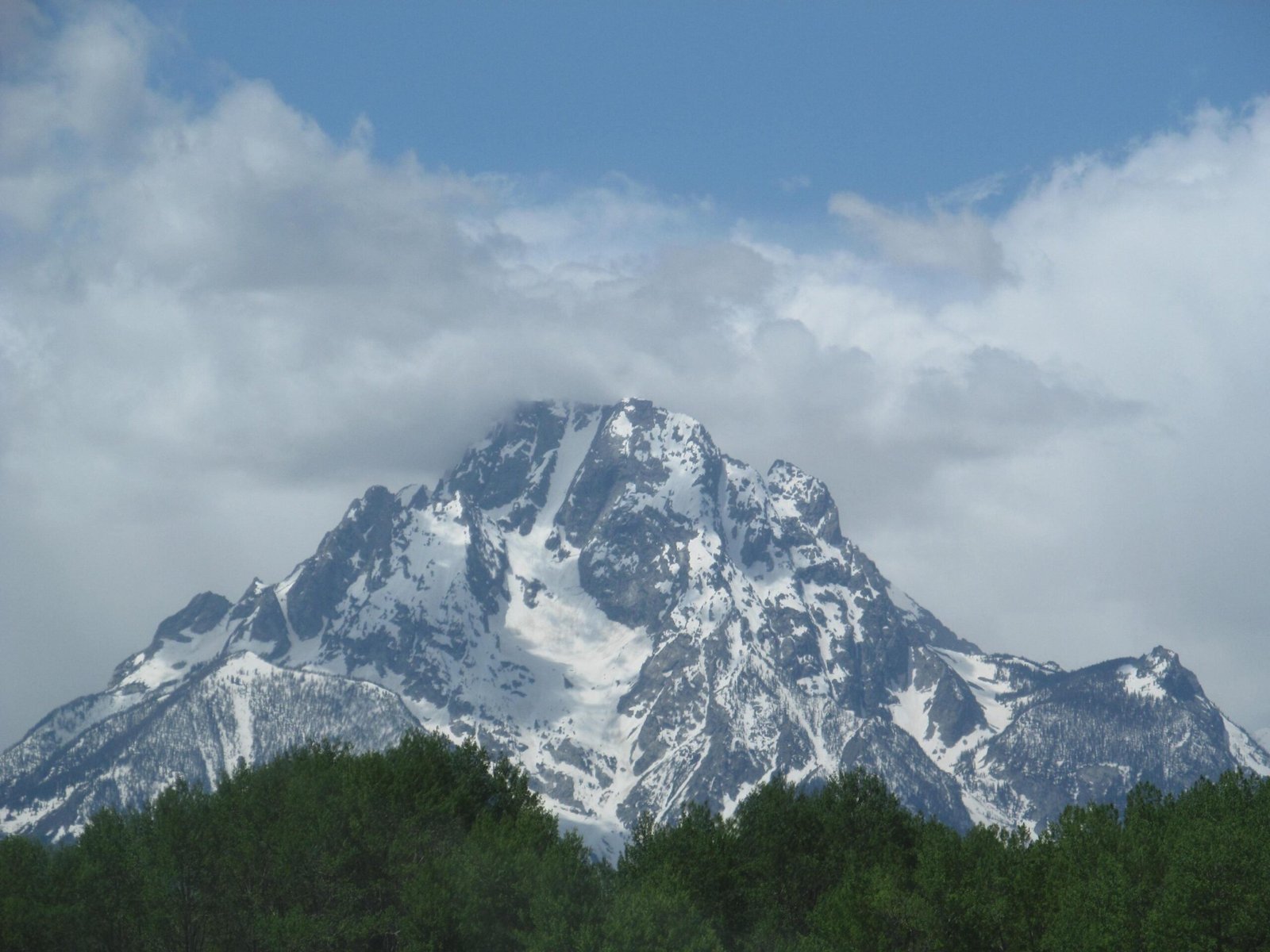Grand Teton National Park harbors a remarkable collection of historical buildings and structures that offer a profound glimpse into the region’s pioneering past. These architectural treasures, ranging from rustic log barns to meticulously crafted chapels, represent the resilience and ingenuity of early settlers who transformed the challenging landscape into thriving homesteads, preserving a critical chapter of Western American history through their enduring structures.
What Makes Grand Teton’s Historical Buildings Unique?

Historical Significance of Mormon Row
Mormon Row stands as a testament to early 20th-century agricultural settlement, featuring some of the most iconic historical structures in Grand Teton National Park. The area showcases several well-preserved homesteads that provide visitors with an authentic glimpse into pioneer life.
Key Characteristics of Mormon Row Structures
- Construction Materials: Primarily local logs and timber
- Building Techniques: Rustic, hand-crafted construction methods
- Time Period: Late 1890s to early 1900s
| Structure | Year Built | Architectural Significance |
|---|---|---|
| T.A. Moulton Barn | 1910 | Most photographed barn in Wyoming |
| John Moulton Barn | 1905 | Exemplary pioneer construction |
| Historic Homestead Residences | 1890-1920 | Represents early settler lifestyle |
What Preservation Efforts Protect These Historical Sites?
The National Park Service has implemented comprehensive preservation strategies to maintain the integrity of these historical buildings. Key preservation efforts include:
- Structural Stabilization
- Foundation repairs
- Roof restoration
-
Structural reinforcement
-
Documentation and Research
- Detailed architectural surveys
- Historical documentation
- Condition assessment reports
How Do Visitors Experience These Historical Structures?
Visitors can explore these historical sites through:
– Self-guided walking tours
– Photography opportunities
– Interpretive signage explaining historical context
– Seasonal ranger-led programs
What Challenges Do Historical Preservation Efforts Face?
Preservation of these structures involves addressing multiple challenges:
– Extreme weather conditions
– Natural material degradation
– Limited financial resources
– Balancing preservation with public access
Chapel of the Transfiguration: A Unique Architectural Gem
The Chapel of the Transfiguration represents another significant historical structure within the park. Built in 1925, this western-craftsman style chapel features:
– Handcrafted local materials
– Stunning mountain view through its altar window
– Continued use for summer religious services
Visitor Information and Guidelines

Access and Regulations
- Park entrance fee required
- Follow Leave No Trace principles
- Respect historical site boundaries
- No collection or removal of artifacts
Best Times to Visit
- Summer months offer optimal accessibility
- Early morning provides best photographic lighting
- Check park website for current conditions and events
Conclusion
The historical buildings and structures of Grand Teton National Park offer an unparalleled window into the region’s pioneering history, showcasing the remarkable stories of human adaptation and resilience against a breathtaking natural backdrop.

